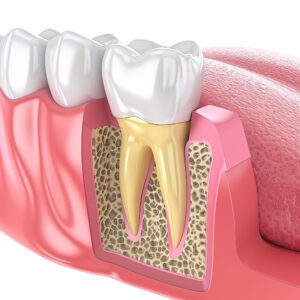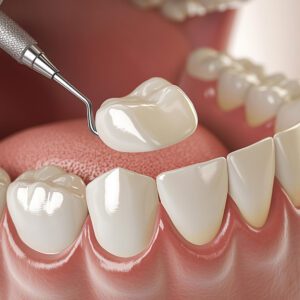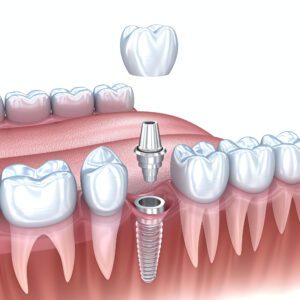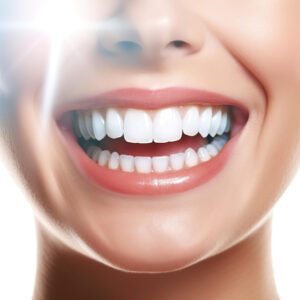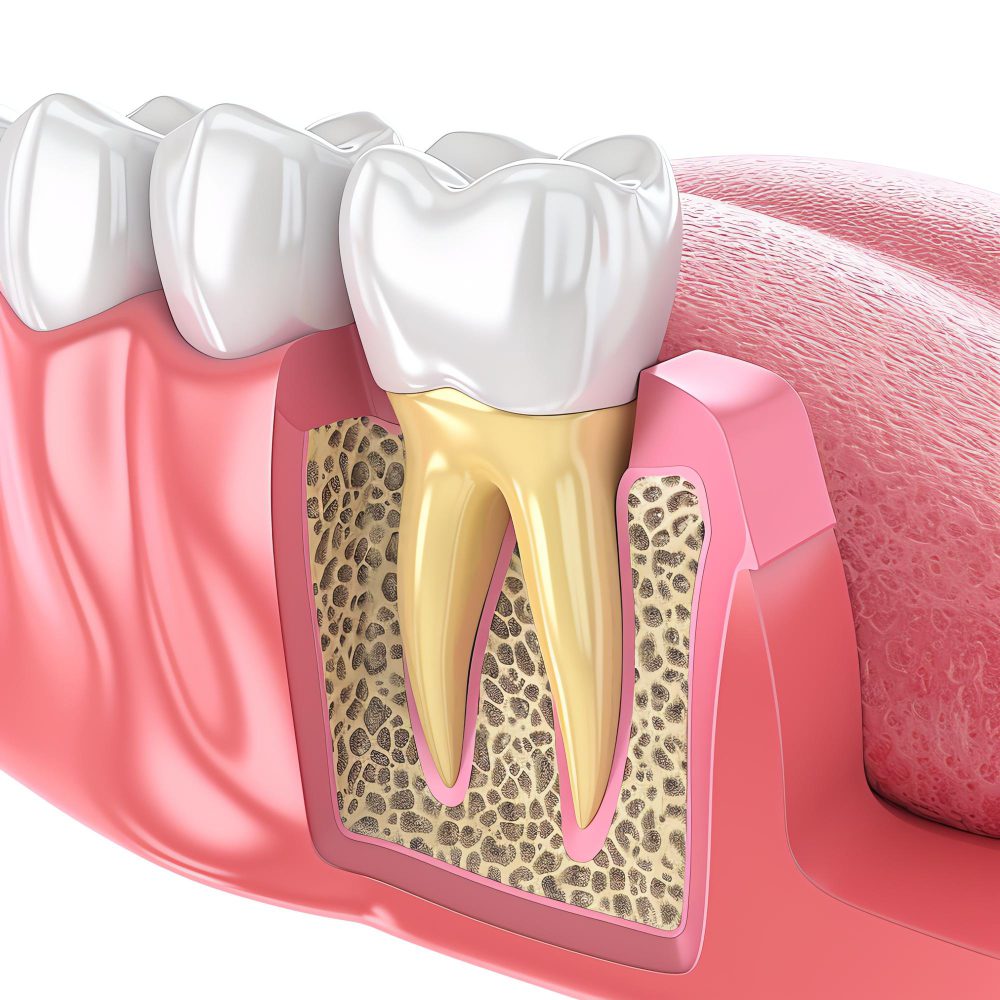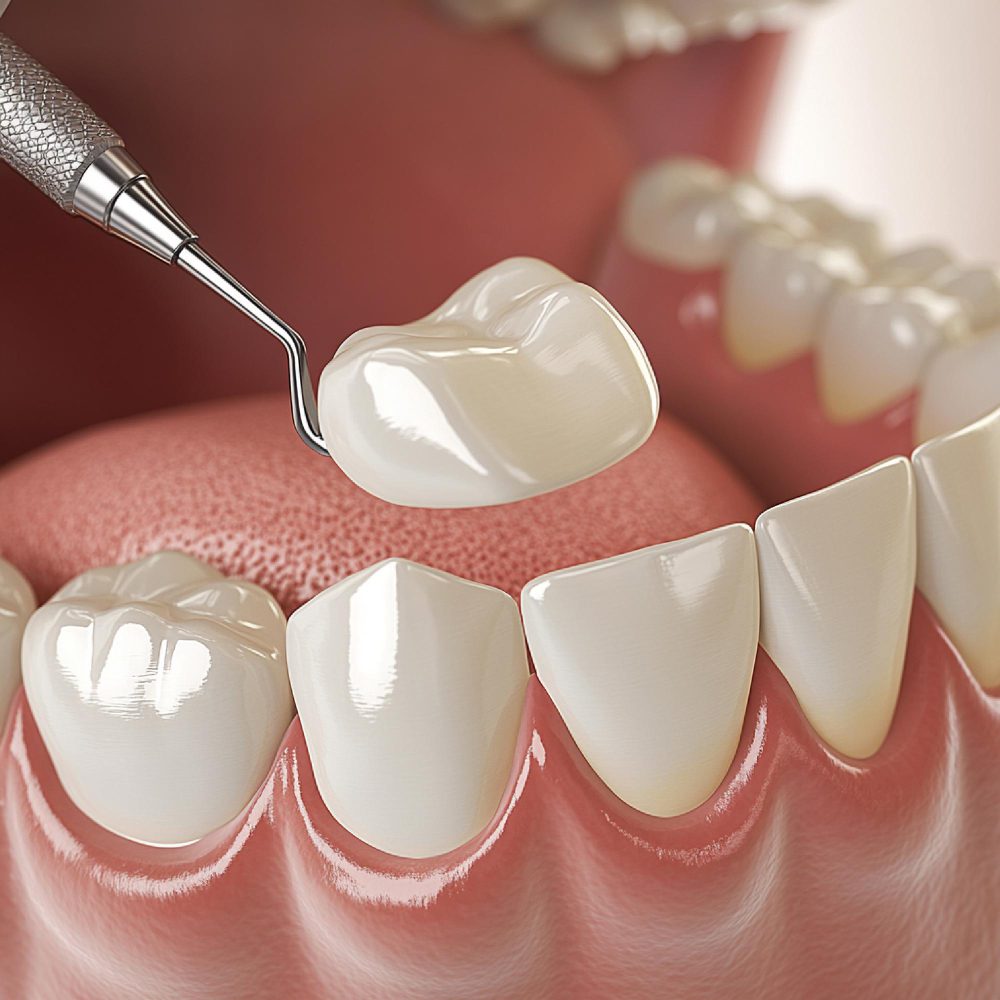What is a Water Flosser?
A water flosser, also known as an oral irrigator or dental water jet, is an oral hygiene device designed to help remove food particles and plaque from between teeth and along the gum line. Utilizing a stream of pulsating water, this device provides a gentle yet effective means of cleaning that can complement traditional oral hygiene practices such as brushing and flossing. Unlike traditional string floss, which requires manual dexterity and technique, a water flosser simplifies the process, making it accessible for individuals of all ages and skill levels.
The mechanism of a water flosser involves the use of a motor that produces pulsating water at adjustable pressure levels. This targeted stream of water creates a pressure that can dislodge debris tightly lodged between teeth and below the gum line, effectively reducing plaque buildup. Some water flossers also offer additional features such as adjustable pressure settings, various nozzles for different cleaning needs, and even timers to ensure adequate cleaning time.
Water flossers come in various types to cater to the diverse needs and preferences of users. Countertop models, which are typically more powerful and have larger water reservoirs, are suitable for home use. These units often come equipped with multiple tips for family usage or specialized cleaning. On the other hand, portable water flossers are designed for convenience and travel; they are compact, battery-operated, and usually contain smaller reservoirs, making them ideal for on-the-go individuals. Despite their size, many portable models maintain adequate water pressure and functionality, allowing users to maintain excellent oral care anywhere.
The ease of use and effective cleaning action of water flossers make them a popular choice among those seeking to enhance their dental hygiene routines, especially for individuals with braces, dental implants, or a preference for gentler cleaning methods.
Benefits of Using a Water Flosser
The integration of water flossers into daily oral hygiene routines offers numerous advantages that can significantly improve overall dental health. One of the primary benefits is the enhancement of oral hygiene through effective plaque removal. Studies have shown that water flossers can reduce plaque and gingivitis effectively; in some cases, they outperform traditional string floss. This is particularly beneficial for individuals who struggle with manual dexterity, as water flossers require less precision while still delivering an efficient clean.
Another notable advantage of using a water flosser is its gentleness, especially for individuals with sensitive gums. Traditional flossing can sometimes irritate gums, leading to discomfort and bleeding. In contrast, water flossers utilize a pulsating stream of water that can effectively clean between teeth and around the gum line without the risk of causing trauma to delicate tissues. This attribute makes water flossers an exemplary choice for those undergoing orthodontic treatment or individuals with gum sensitivity.
Additionally, water flossers are particularly effective for individuals with braces, dental implants, or other oral appliances. The design of the water flosser allows it to reach areas that conventional floss may find challenging, such as brackets and wires. Dental professionals often recommend water flossers for patients with braces due to their comprehensive cleaning action, which helps to prevent cavities and gum issues during treatment.
Research supports these benefits, with various clinical studies indicating that water flossers can lead to improved oral health outcomes. In particular, a study published in the Journal of Clinical Dentistry found that participants who used a water flosser alongside their routine brushing experienced significant reductions in plaque accumulation and gum inflammation compared to those who used manual flossing methods only.
How to Use a Water Flosser Effectively
Using a water flosser can significantly enhance your oral hygiene routine when done correctly. To begin, ensure that the device is fully assembled and clean. If you are using a new water flosser, refer to the user manual for instructions on how to attach any required components, such as the flosser tip. Once set up, fill the reservoir with lukewarm water, as this temperature can provide a more comfortable experience during use.
Next, choose the right settings for your needs. Many water flossers come equipped with various pressure levels. Start with the lowest pressure setting, especially if it is your first time using a water flosser, and gradually increase the intensity as you become comfortable. This gradual approach is particularly important for individuals with sensitive gums, as high pressure can lead to discomfort and potential harm.
To achieve optimal results, lean over the sink and place the tip of the water flosser in your mouth, ensuring your lips are closed around it to prevent splatter. Activate the device while keeping an upright posture and point the nozzle at the gum line. Move the flosser along the gum line and between each tooth, taking the time to ensure that you reach the back teeth as well. It’s advisable to pause briefly at each contact point to allow the water to dislodge any food particles and plaque effectively.
After completing the flossing method, it’s crucial to empty and clean the flosser’s reservoir and nozzle to maintain hygiene standards. Incorporating this dental tool into your routine can greatly aid in preventing gum disease and improving overall oral health. Regular usage, ideally daily, will enhance effectiveness, making water flossing an integral part of your self-care regimen.
Who Should Consider a Water Flosser?
Water flossers can be a beneficial addition to the oral hygiene routines of various individuals, especially for those who face specific dental challenges. One prominent group that may greatly benefit from the use of a water flosser includes individuals with braces. Traditional flossing can be cumbersome and less effective when navigating around braces and wires. A water flosser provides a convenient method to remove food particles and plaque, promoting healthier gums and cleaner teeth during orthodontic treatment.
Another group that should consider using a water flosser is those who suffer from gum disease. For individuals dealing with gingivitis or periodontitis, traditional brushing and flossing may not suffice to maintain optimal oral health. The pulsating streams of a water flosser can effectively reduce bleeding and inflammation by accessing areas that are tough to reach with regular dental tools. By using a water flosser, these individuals can enhance their oral care routine significantly.
People with other oral health issues, such as sensitive gums or implants, may also find value in a water flosser. The gentle nature of water flossing allows for cleansing without the discomfort often associated with traditional floss. Additionally, those who have difficulty with manual dexterity, such as older adults or individuals with certain disabilities, may find water flossers easier to use compared to traditional flossing methods. It is crucial, however, to dispel some misconceptions regarding water flossers being a complete substitute for regular brushing and flossing. While they are effective at cleaning, they should complement a routine that includes a toothbrush and traditional floss for overall oral health. Ultimately, water flossers can offer significant benefits to those who encounter specific dental challenges, enhancing their oral hygiene practices.
Comparing Water Flossers to Traditional Flossing
Flossing is an essential component of oral hygiene, yet the traditional method of using dental floss has its limitations. Water flossers, a newer innovation, present an alternative that is gaining popularity. Both methods aim to remove plaque and food particles from between teeth, contributing significantly to gum health. However, they differ in effectiveness and user experience.
Traditional flossing involves manually maneuvering a thin strand of floss between the teeth to dislodge debris. While effective at cleaning areas that are tough to reach with a toothbrush alone, the technique requires proper hand dexterity and can be uncomfortable for some users. Additionally, traditional flossing often struggles to adequately clean around braces or other dental appliances. Experts advise that flossing should be performed daily to achieve optimal results, yet many individuals find it cumbersome, leading to inconsistent usage.
On the other hand, water flossers utilize a focused stream of pulsating water to target plaque and food residues. This approach can be less intimidating and is often perceived as easier and more enjoyable. Studies suggest that water flossers may be more effective at reducing gingivitis and improving gum health compared to traditional flossing methods. Their gentle yet effective cleaning action can reach deeper, making them particularly beneficial for individuals with braces or dental implants.
Nonetheless, it is essential to recognize that both methods serve unique purposes. Water flossers can complement traditional flossing rather than replace it entirely. For optimal oral hygiene, a combination of both techniques is often recommended. Using dental floss for deep cleaning small gaps, while employing a water flosser for overall maintenance, can maximize plaque removal and help maintain healthy gums. Thus, selecting the right combination of tools is crucial for enhancing oral health outcomes.
How to Choose the Right Water Flosser
When selecting a water flosser, it is essential to consider various features that can enhance your oral hygiene routine. A primary factor to evaluate is the pressure settings available on the device. Most water flossers offer multiple pressure levels, allowing users to customize their flossing experience based on comfort and efficacy. Ideal settings range from a gentle mode, which is suitable for those with sensitive gums, to a more vigorous option that removes plaque effectively from hard-to-reach areas.
Another critical aspect to look at is the nozzle types included with the water flosser. Different nozzles serve distinct purposes, such as cleaning between teeth, massaging gums, or targeting orthodontic appliances. A versatile water flosser may come with interchangeable tips, which can be beneficial for multiple users in a household or for specific oral care needs.
Water tank capacity is another significant consideration. Flossers with larger reservoirs allow for extended use without the need for refilling, which can be a significant advantage for families or individuals who prefer thorough cleaning sessions. Devices with a 600 ml capacity or higher are often preferred for their convenience.
Ease of cleaning the water flosser itself is also important. Look for models with detachable water tanks and nozzles that are easy to clean and maintain. Some devices even offer self-cleaning features which can save time and improve hygiene.
Popular brands to consider include Waterpik, Panasonic, and Philips. Waterpik, in particular, offers a range of models that cater to different needs and preferences. When choosing a water flosser, consider your specific oral health requirements, budget, and the features that will best support your oral hygiene goals.
Maintaining Your Water Flosser
Proper maintenance of your water flosser is essential for ensuring both its longevity and effectiveness. Regular cleaning and occasional replacement of parts will help you achieve optimal oral hygiene results. The first step in maintaining your device is to establish a consistent cleaning schedule. After each use, it is advisable to rinse the water reservoir to prevent any buildup of bacteria or mineral deposits, especially if you are using tap water. Simply empty the reservoir, rinse it under warm water, and allow it to air dry. Additionally, every week, you should perform a deeper cleaning by soaking the reservoir and the nozzle in a mixture of warm water and dish soap or a solution specifically designed for water flossers.
Replacement parts are crucial for maintaining your water flosser’s performance. Most manufacturers recommend replacing the flosser tips every three to six months to ensure effective plaque removal. Be sure to refer to your user’s manual for specific guidelines on replacement intervals. Some models may also require a new battery or an update in their electronic components. Regularly checking the cord and plug for wear or damage is also recommended to avoid any safety hazards during operation.
In the event of common issues, troubleshooting can often resolve minor problems without requiring professional intervention. For example, if you notice a decrease in water pressure, you may need to check for clogs in the nozzle or handle. Running a cleaning solution through the system can often help dislodge any blockages. If you encounter persistent leaks, inspect rubber seals and connections for wear or damage, as these may require replacement. By staying proactive with maintenance, you can ensure that your water flosser consistently delivers the oral health benefits it promises.
Where to Obtain a Water Flosser
When considering the purchase of a water flosser, it is essential to choose a reputable source to ensure that you receive a high-quality product that meets your oral health needs. One recommended option is Dr. Abdulrahman Ozturk’s clinic, located in Istanbul, Turkey. Renowned for its commitment to patient care and dental health, Dr. Ozturk’s clinic offers a range of dental products, including water flossers. Patients can benefit from professional advice tailored to their individual requirements, ensuring they select the most suitable model for their oral hygiene routine.
In addition to specialized dental clinics like that of Dr. Ozturk, water flossers are widely available through various channels. Online retailers such as Amazon and specialty health websites provide an extensive selection of water flossers from multiple brands, often including customer reviews that can assist in making an informed decision. Shopping online may also offer competitive pricing and convenience, allowing consumers to compare features and discounts effortlessly.
For those who prefer to shop in person, many local pharmacies and health stores carry water flossers. Big-box retailers often have dedicated sections for dental care products, which can include both manual and electric water flossers. An advantage of purchasing in-store is the ability to consult with knowledgeable staff who can provide guidance on features and benefits.
Ultimately, whether you choose to visit Dr. Abdulrahman Ozturk’s clinic or explore online and retail options, buying a water flosser should align with your personal comfort level and oral care needs. Make sure to review specifications and recommended uses for each model to ensure optimal performance and satisfaction with your purchase.
Testimonials from Water Flosser Users
Many individuals who have incorporated water flossers into their oral hygiene routines have shared positive testimonials regarding their experiences. These personal accounts highlight the beneficial changes that often accompany the use of this innovative dental tool. Users commonly report a noticeable improvement in their oral health, particularly in the reduction of plaque buildup and gum inflammation.
One user, Rachel, noted significant benefits after switching from traditional dental floss to a water flosser. She explained, “I always struggled with regular flossing due to discomfort and bleeding gums. Since I started using a water flosser, my gums feel healthier, and I’m no longer experiencing the same discomfort I used to.” Such experiences illustrate the ability of water flossers to enhance comfort during routine dental care, allowing users to maintain better oral hygiene without the associated pain traditionally linked to dental floss.
Another individual, Mark, shared his story of using a water flosser post-orthodontic treatment. He mentioned, “After getting my braces removed, I was worried about maintaining my dental health. Using a water flosser has made it easy to keep my teeth and gums clean. My dentist noticed improved gum health during my last visit, and I am thrilled with the results.” This testimony emphasizes the adaptability of water flossers in supporting those with specific dental needs, such as orthodontic care.
Additionally, many parents have expressed satisfaction in incorporating water flossers into their children’s oral care routines, finding them more enjoyable than traditional methods. One mother stated, “My kids love using the water flosser! It’s become a fun part of our nighttime routine. Plus, their dental check-ups have shown real improvement.” Such narratives reflect the importance of making oral hygiene appealing to encourage regular practices among family members.
These testimonials underscore the positive impact that water flossers can have on overall oral health. From comfort to effectiveness, users consistently report enhanced experiences that foster better dental hygiene habits.


